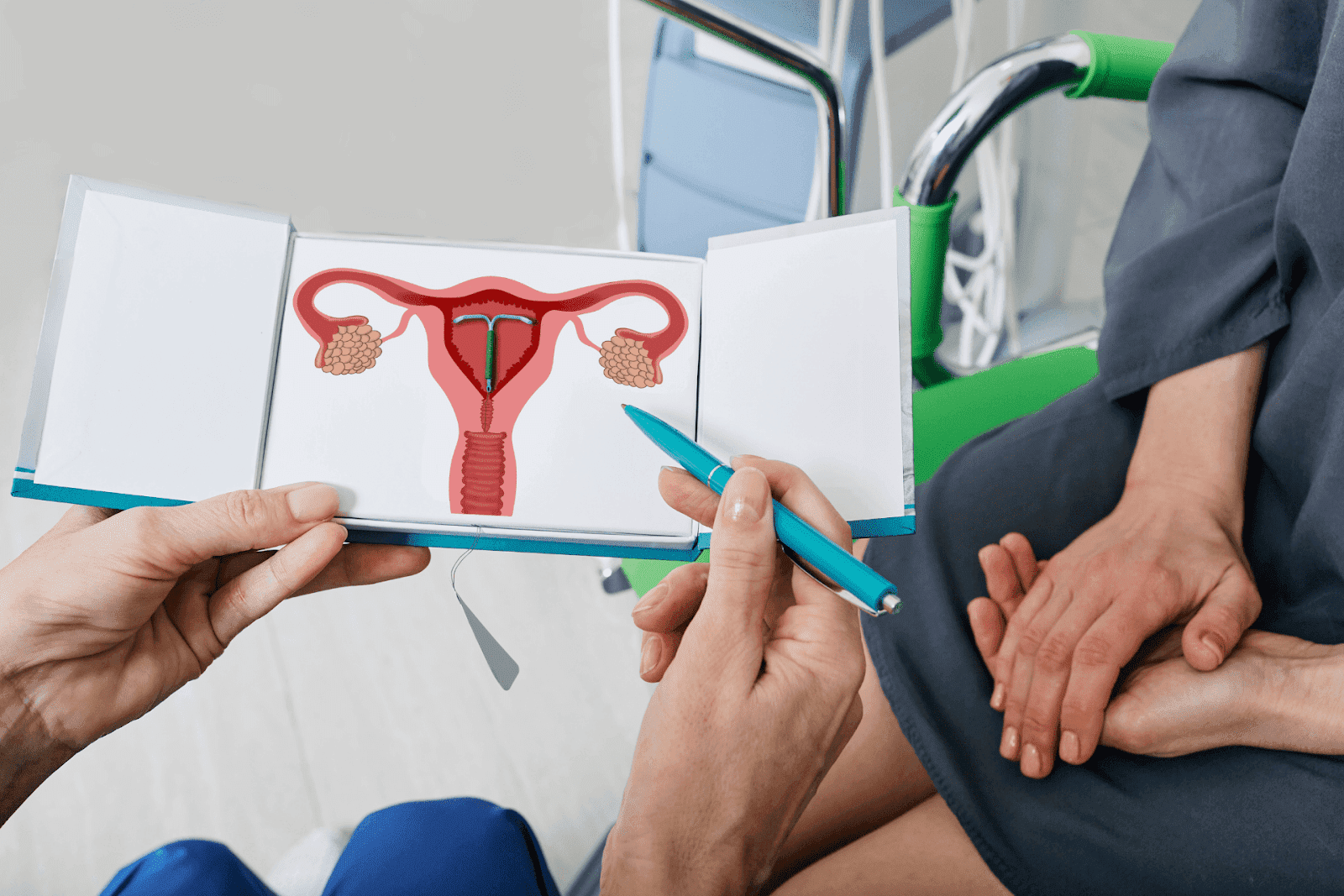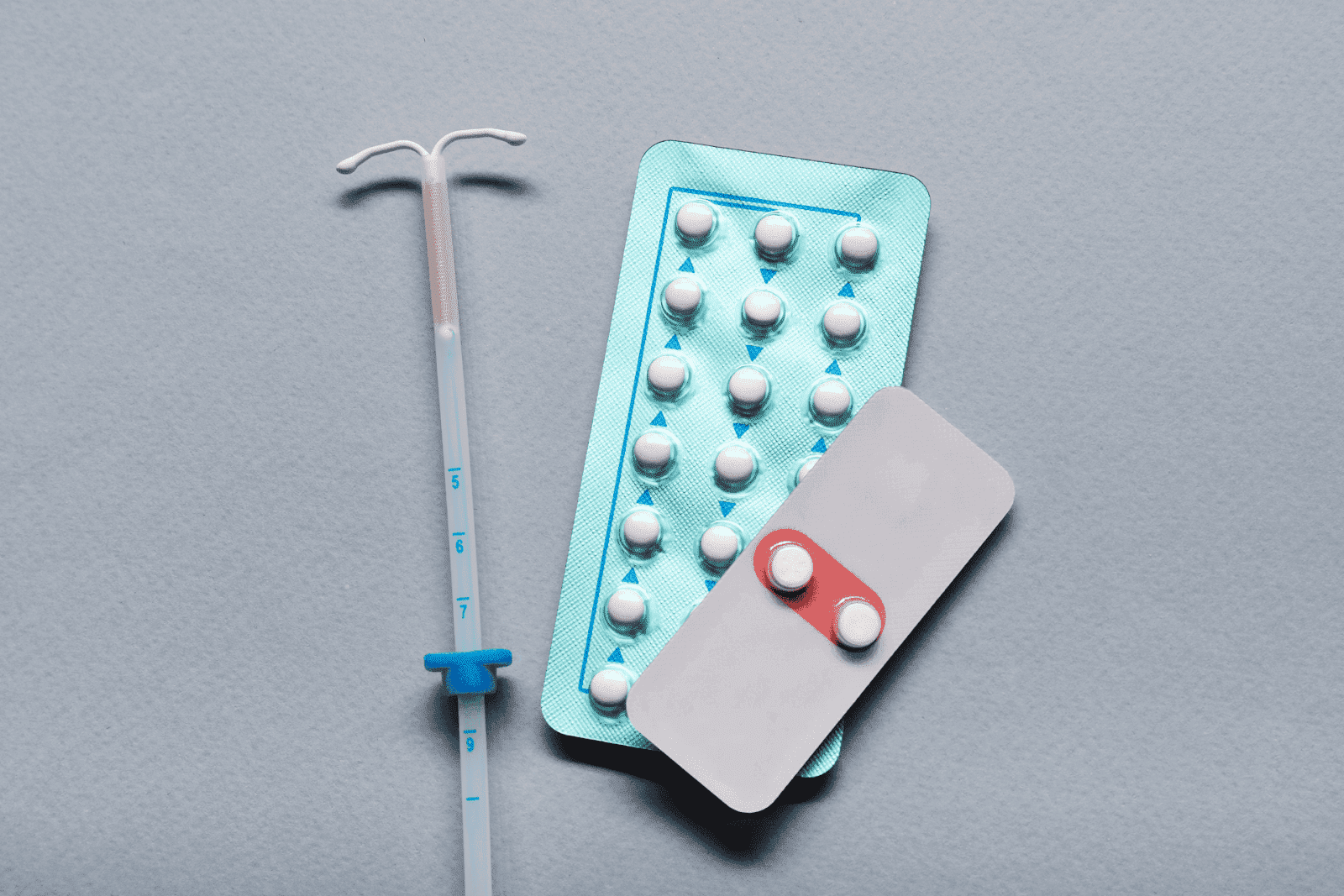Why Wait Two Weeks After Getting the Mirena IUD?
The Mirena intrauterine device (IUD) is a popular and highly effective form of long-term contraception. It provides up to seven years of pregnancy prevention by releasing a [...]
Read More
Medically reviewed by Alan Lucks | MD, Alan Lucks MDPC Private Practice - New York on October 16th, 2025.
The Mirena intrauterine device (IUD) is a popular and highly effective form of long-term contraception. It provides up to seven years of pregnancy prevention by releasing a small amount of hormone directly into the uterus. However, many healthcare providers recommend waiting for about two weeks after insertion before engaging in certain activities or making significant lifestyle changes. Understanding the reasons behind this waiting period can help users feel more confident and informed about their health.
The Mirena IUD is a T-shaped device inserted into the uterus by a healthcare professional. It slowly releases levonorgestrel, a hormone that thickens cervical mucus to prevent sperm from reaching the egg and thins the uterine lining to reduce the chance of implantation. The insertion process itself is quick, typically completed in a healthcare provider’s office, but it can cause some immediate side effects, such as cramping, spotting, or mild discomfort.
This initial adjustment period is crucial for the body to adapt to the device. The uterus needs time to settle around the IUD, and the hormonal effects gradually begin to take hold. Because of this, doctors often advise a waiting period of about two weeks after insertion before resuming certain activities or relying fully on the device for contraception.
During this adjustment phase, it is not uncommon for individuals to experience varying symptoms as their bodies acclimate to the Mirena IUD. Some may notice changes in their menstrual cycle, with lighter periods or even the complete cessation of menstruation over time. This can be a welcome relief for those who suffer from heavy menstrual bleeding or painful cramps. However, it’s important to keep in mind that every person's experience is unique, and some may continue to have irregular bleeding or spotting for several months after insertion.
Moreover, the Mirena IUD is not just a contraceptive option; it is also approved for treating conditions such as endometriosis and uterine fibroids. By releasing a steady dose of hormone, it can help alleviate the pain and discomfort associated with these conditions, providing a dual benefit for those who need both contraception and symptom management. As with any medical device, ongoing communication with a healthcare provider is essential to monitor any side effects and ensure that the IUD remains an appropriate choice for the individual’s health needs.
 Why the Two-Week Waiting Period Matters
Why the Two-Week Waiting Period MattersInsertion of the Mirena IUD involves passing the device through the cervix and into the uterus, which can cause minor trauma to the uterine lining. The two-week waiting period allows the uterus to heal from this procedure. During this time, the risk of infection or expulsion of the device is higher if the uterus is disturbed too soon.
Engaging in activities such as sexual intercourse, using tampons, or vigorous exercise too early can increase the risk of complications. Waiting helps ensure the IUD remains properly positioned and reduces the chance of discomfort or other adverse effects. It's important to listen to your body during this recovery phase; some women may experience cramping or spotting, which are normal responses as the uterus adjusts to the presence of the IUD. Additionally, maintaining open communication with your healthcare provider can help address any concerns that may arise during this period, ensuring a smoother transition to the new contraceptive method.
While Mirena begins releasing hormones immediately after insertion, it may take up to seven days for the device to provide full contraceptive protection. The two-week waiting period offers a buffer to ensure the hormone levels in the uterus reach an effective concentration. During this time, additional contraception methods, such as condoms, are recommended to prevent pregnancy.
For women who have the Mirena inserted within the first seven days of their menstrual cycle, the device is effective immediately. However, if inserted at other times, waiting two weeks before relying solely on the IUD is a safer approach. This waiting period is particularly crucial for those who may have irregular cycles or are uncertain about their ovulation timing. Understanding your menstrual cycle can help you better navigate the waiting period and ensure effective use of the Mirena IUD. Moreover, this time can serve as an opportunity to educate yourself about the potential side effects and benefits of the IUD, allowing you to make informed decisions about your reproductive health moving forward.
Many women experience spotting or light bleeding and cramping after Mirena insertion. These symptoms are normal and usually subside within a few days to weeks. The two-week waiting period allows these side effects to diminish as the body adjusts to the device. It's important to remember that every woman's body reacts differently, and while some may find the adjustment period mild, others might experience more noticeable symptoms. Keeping a journal of your symptoms can help you track any changes and provide useful information for your healthcare provider during follow-up visits.
While some discomfort is expected, severe pain, heavy bleeding, fever, or unusual discharge may indicate complications such as infection or IUD displacement. If any of these symptoms occur, it is important to contact a healthcare provider promptly. Additionally, being aware of your body and its signals can empower you to make informed decisions about your health. Some women may also experience emotional changes during this time, which can be attributed to hormonal adjustments. It’s beneficial to discuss these feelings with a trusted friend or healthcare provider, as they can provide support and guidance.
For convenient access to medical advice during this period, Doctronic.ai offers 24/7 telehealth video visits with licensed doctors across all 50 states. This can be especially helpful for those who need quick answers or reassurance without waiting for an in-person appointment. Furthermore, many women find it reassuring to connect with others who are going through similar experiences. Online forums and support groups can provide a sense of community, allowing women to share their stories, tips, and coping strategies during the waiting period.
Most healthcare providers schedule a follow-up appointment about four to six weeks after Mirena insertion to check the device’s placement and address any concerns. During the two-week waiting period, it’s important to monitor symptoms and avoid activities that could disrupt the IUD. Common symptoms to watch for include unusual cramping, heavy bleeding, or signs of infection such as fever or unusual discharge. Keeping a symptom diary can be beneficial, as it allows you to track any changes and discuss them with your healthcare provider during your follow-up visit. Additionally, understanding what is considered normal versus abnormal can help alleviate anxiety during this adjustment period.
If questions or issues arise during the waiting period, telehealth platforms like Doctronic.ai provide an excellent resource. Their AI-powered system offers fast, personalized medical advice based on the latest peer-reviewed research, combined with access to real doctors for video visits. This blend of technology and human care ensures users get timely, accurate information tailored to their unique health needs. Furthermore, telehealth can be particularly advantageous for those who may have mobility issues or live in remote areas, as it eliminates the need for travel and allows for flexible scheduling. Engaging with healthcare professionals through these platforms can also help in addressing any emotional or psychological concerns that may arise during this transition, ensuring a holistic approach to health management.
 Why Patience Pays Off
Why Patience Pays OffWaiting two weeks after getting the Mirena IUD is a medically recommended practice that supports healing, ensures effective contraception, and reduces the risk of complications. This period allows the uterus to adjust to the device, hormone levels to stabilize, and the user to become familiar with any side effects.
By respecting this waiting period and seeking support when needed, women can maximize the benefits of their Mirena IUD and enjoy reliable, long-term contraception. For those looking for quick, trustworthy medical advice during this time, Doctronic.ai offers a modern, accessible solution that combines AI expertise with real doctor consultations.
As you navigate the initial weeks after your Mirena IUD insertion, remember that Doctronic is here to support you every step of the way. With our cutting-edge AI technology, you can receive immediate, personalized medical advice that's tailored to your unique health situation. Our AI doctor is designed to provide you with the most up-to-date, peer-reviewed medical information available, ensuring that you have access to the highest quality of care at your fingertips. Plus, with the convenience of 24/7 telehealth video visits, you can connect with our dedicated doctors from anywhere, at any time. Join the 10 million people who have already experienced the future of healthcare. Skip the line. Talk to an AI Doctor Now, for free.
The two-week waiting period allows proper healing while hormone levels stabilize and contraceptive effectiveness reaches maximum protection. Use backup contraception for the first week and monitor for normal adjustment symptoms versus serious complications. If you're experiencing concerning symptoms after insertion, Doctronic can help determine whether immediate medical attention is needed.
The Mirena intrauterine device (IUD) is a popular and highly effective form of long-term contraception. It provides up to seven years of pregnancy prevention by releasing a [...]
Read More